17 Small but Mighty Animals That Aren’t Intimidated by Bears
In the wild, size doesn’t always determine dominance. There are various smaller animals that show remarkable courage and strategies that allow them to stand their ground against formidable predators like bears.
Let’s discuss some small animals that might not win in a wrestling match, but they sure aren’t intimidated by bears.
Wolverine
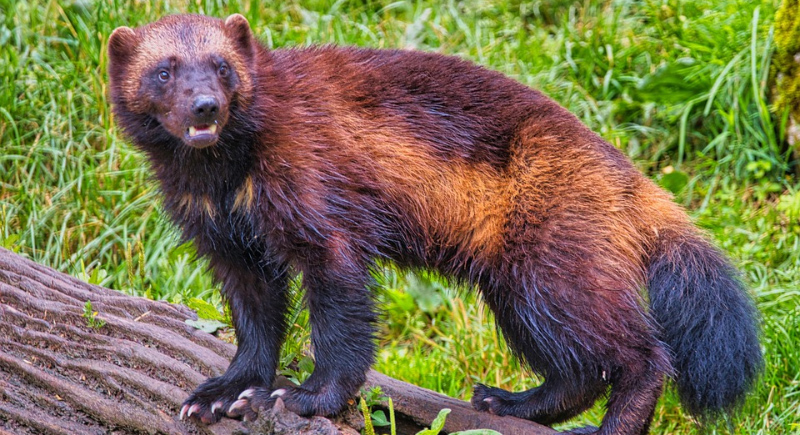
Credit: pixabay
If there were a “Least Likely to Back Down” award in the animal kingdom, the wolverine would take it every time. Weighing in at around 20-55 pounds, this stocky predator has the attitude of something ten times its size. Its powerful jaws can crush bone, and its thick fur makes it tough to bite through. Wolverines have been caught on camera chasing wolves off their kills and standing their ground against bears when scavenging for food. They’re aggressive, relentless, and, most importantly, completely unafraid.
Honey Badger
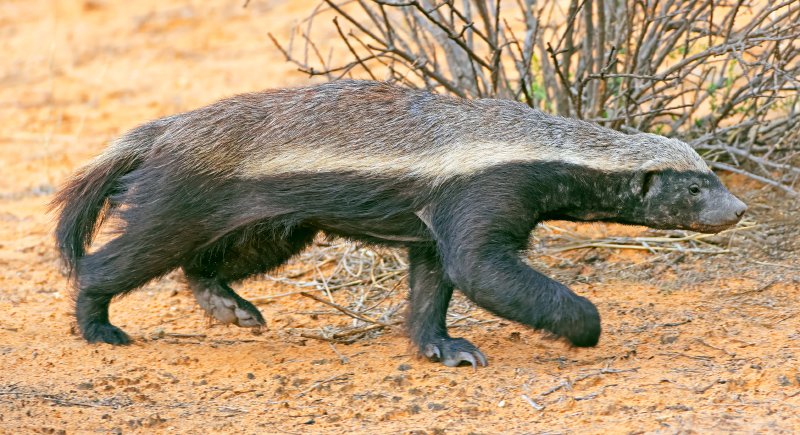
Credit: iStockphoto
The honey badger might be small, but it’s all fight. Its skin is so thick and rubbery that even sharp teeth and claws have trouble piercing it. When threatened, it lets out a terrifying screech and launches an attack with its long, razor-sharp claws. It’s immune to many venomous snake bites, has the endurance to fight for hours, and doesn’t hesitate to challenge much larger predators.
Porcupine
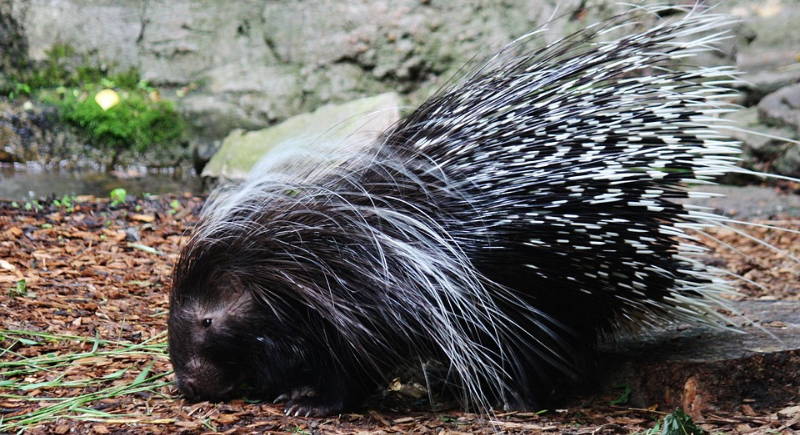
Credit: pixabay
Brute strength doesn’t really help when your face is full of porcupine quills. Porcupines are slow-moving rodents that don’t have to run or fight—they just turn their backs, raise their quills, and let nature do the rest. A single swipe can leave a predator with a face full of barbed quills that burrow deeper with every movement. Bears, having no way to remove them easily, learn quickly that porcupines are more trouble than they’re worth.
Skunk
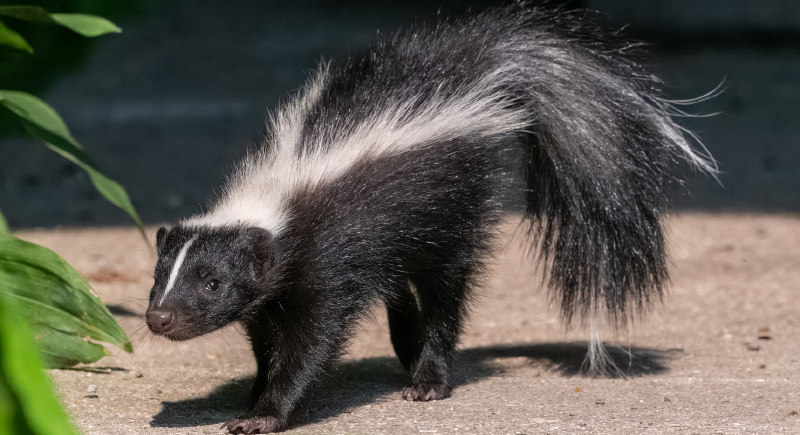
Credit: iStockphoto
No one in their right mind wants to tangle with a skunk. If a bear gets too close, the skunk doesn’t run—it stands its ground, lifts its tail, and delivers a powerful, burning spray straight to the eyes and nose. The stench can linger for weeks and make a bear’s life miserable. Most predators only have to be sprayed once to know that skunks aren’t to be messed with.
Beaver
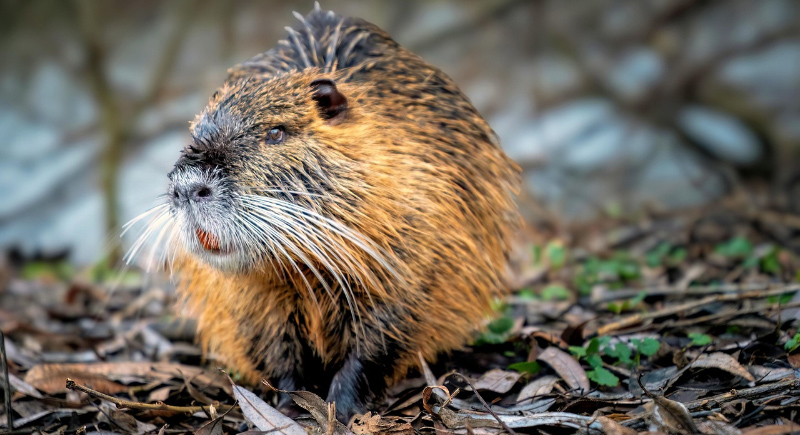
Credit: pixabay
You don’t have to be a fighter when you can build a fortress. Beavers are master engineers with entire lifestyles built around avoiding predators. Their lodges, made of tightly packed logs and mud, are nearly impenetrable to anything that doesn’t have opposable thumbs. If a bear does come snooping, the beaver simply dives underwater and disappears into one of its hidden entrances.
Badger
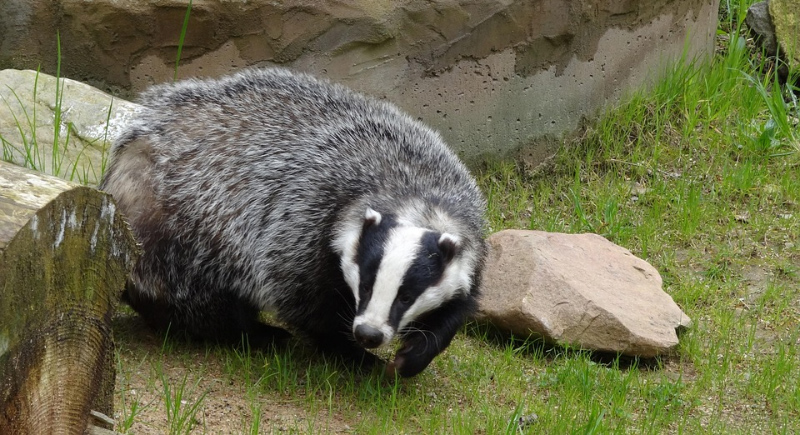
Credit: pixabay
American badgers may not look like much at first glance, but they’re built like little tanks with sharp claws and a nasty temper. If threatened, they’ll dig straight down in seconds and disappear underground before a bear can even react. But if cornered, badgers fight with surprising strength and aggression, using their powerful jaws to latch on and refuse to let go.
Lynx
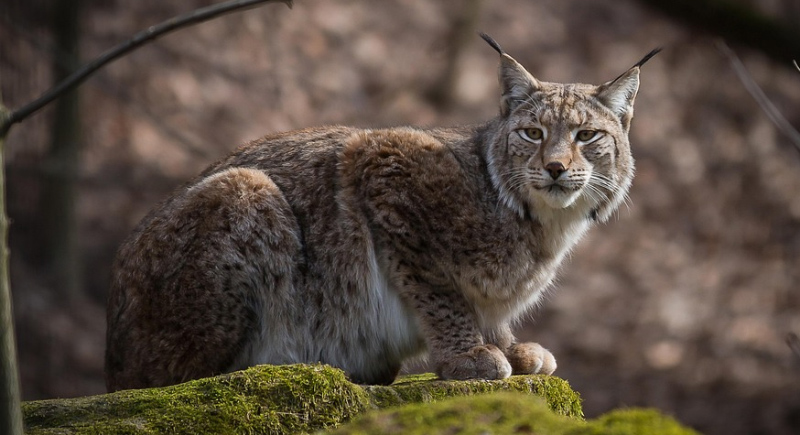
Credit: pixabay
What lynxes lack in size, they make up for in stealth. These elusive wildcats are built for one thing: evasion. Their oversized paws allow them to move effortlessly through deep snow, their sharp hearing picks up sounds long before danger arrives, and their climbing skills let them escape to safety in an instant. Predators could try to chase a lynx, but they can’t ever catch one.
Bobcat
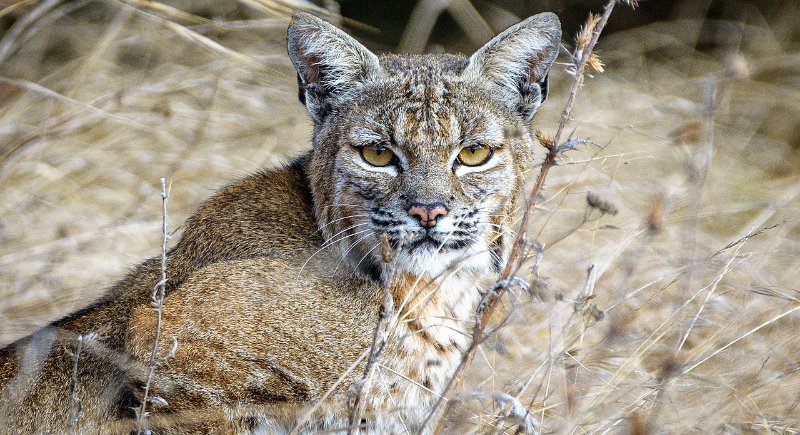
Credit: Wikimedia Commons
Bobcats share a lot of traits with lynxes, but they have a feistier side. These small felines stand their ground when they need to. They’ve been known to take on animals much larger than themselves, and while they’d rather avoid a bear, they’re not defenseless. These animals have powerful back legs, sharp claws, and an attitude that makes sure they’re never an easy target.
Fox
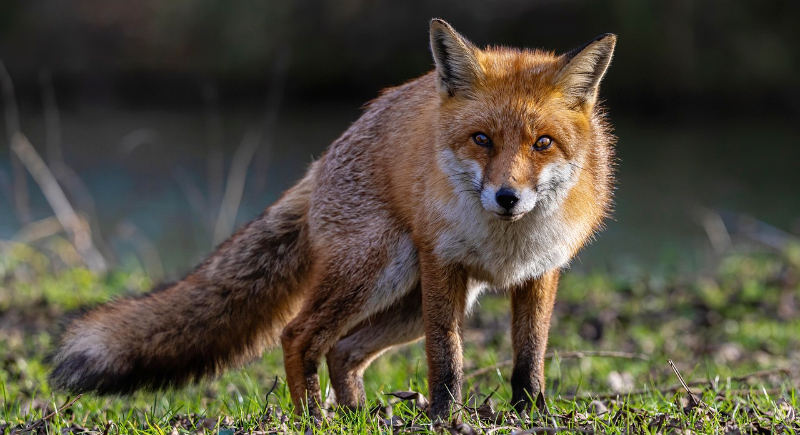
Credit: pixabay
There’s a reason why foxes are known as cunning; they’re always two steps ahead of predators. With their incredible hearing, foxes can detect a bear approaching long before it’s close. And if a chase begins, a fox will dart through the underbrush, over rocks, and even through water, eventually leaving the heavier bear struggling to keep up.
Raccoon
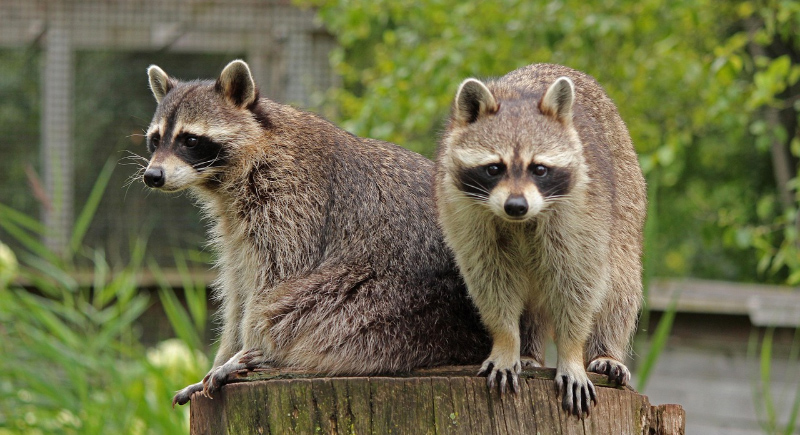
Credit: pixabay
If intelligence alone could keep an animal safe, raccoons would rule the wild. These resourceful little mammals know how to navigate danger better than most. They can climb trees in an instant and even squeeze into tiny hiding spots to escape much larger and fiercer predators.
Opossum
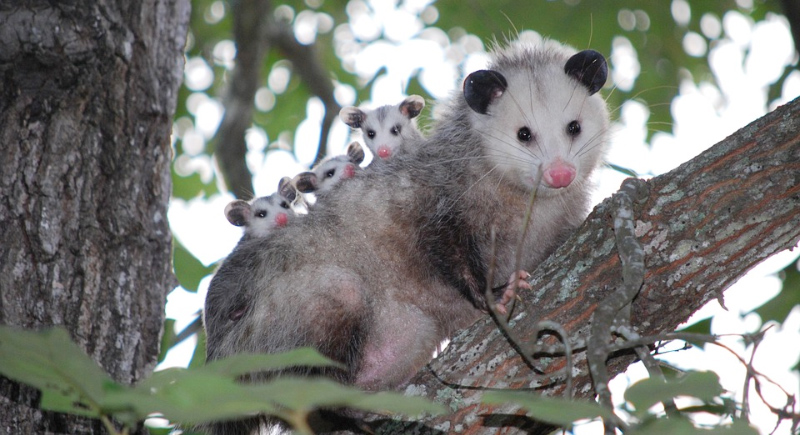
Credit: pixabay
Sometimes, the best way to win a fight is to convince the other guy you’re not worth fighting. Opossums have this down to an art form. If threatened, they collapse, go completely limp, and even emit a foul smell that makes them seem dead. Predators often lose interest and move on. It’s not the most glamorous defense, but it works.
Armadillo
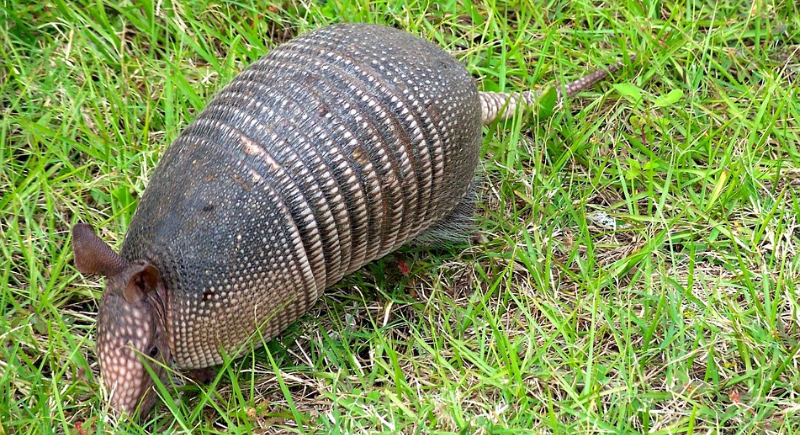
Credit: pixabay
Covered in a tough, armored shell, an armadillo isn’t the kind of animal a bear can take down easily. If threatened, it simply curls into a tight ball and leaves absolutely nothing exposed. A predator might paw at it or try to bite through, but it’ll quickly realize that an armadillo is more like a rolling rock than an easy meal.
Mongoose
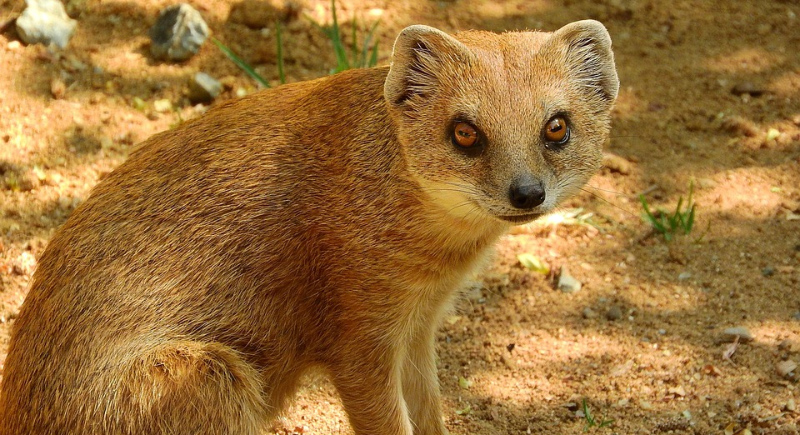
Credit: pixabay
Mongooses are best known for their ability to take down venomous snakes, but they aren’t afraid of bigger threats, either. They’re incredibly fast, with sharp teeth and quick reflexes that allow them to dodge attacks. They have even been seen attacking lions by distracting them and biting their tails or hind legs.
Tasmanian Devil
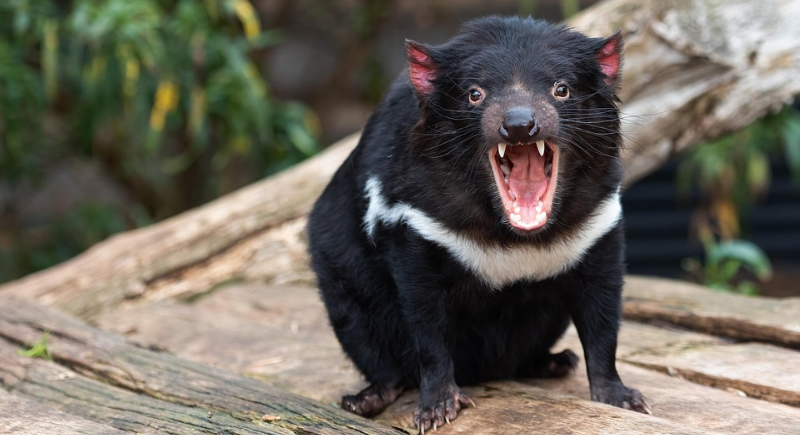
Credit: pixabay
Tasmanian devils are incredibly tough. They have powerful jaws that can crush bone and an aggressive, no-nonsense attitude. If they feel threatened, they let out a blood-curdling screech and charge headfirst into a fight.
Eurasian Badger
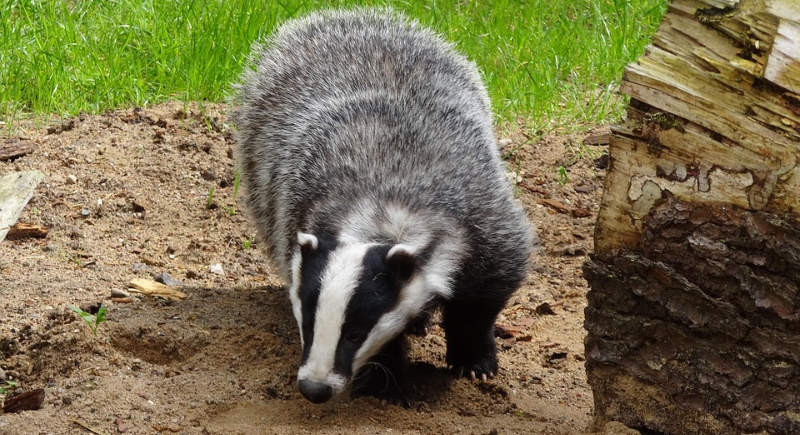
Credit: pixabay
Like its American cousin, the Eurasian badger is a fighter. It has strong limbs, sharp claws, and a burrow system so complex it’s nearly impossible for predators to dig them out. Instead of backing down—they’ll bite, claw, and wrestle their way to safety.
Honey Bees
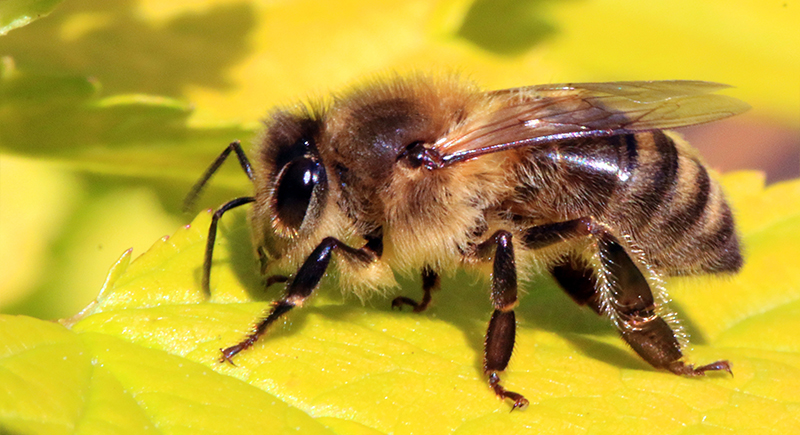
Credit: Wikimedia Commons
When a bear raids a hive, honey bees don’t back down. Thousands swarm at once, targeting the bear’s face and ears with rapid stings that create a burning wall of defense. The attack is so intense that even hungry bears often retreat, learning quickly that a buzzing hive is no easy meal.
Red Squirrel
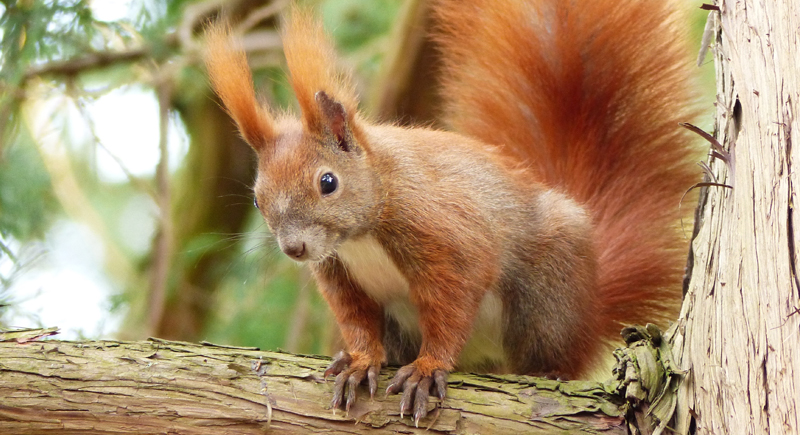
Credit: Wikimedia Commons
A red squirrel might look cute, but it defends territory with impressive ferocity. When a bear wanders too close to its cache or nesting area, this little fireball unleashes loud chatter, tail flicks, and relentless scolding. The commotion often annoys bears enough to drive them off, making the red squirrel far braver than its size suggests.